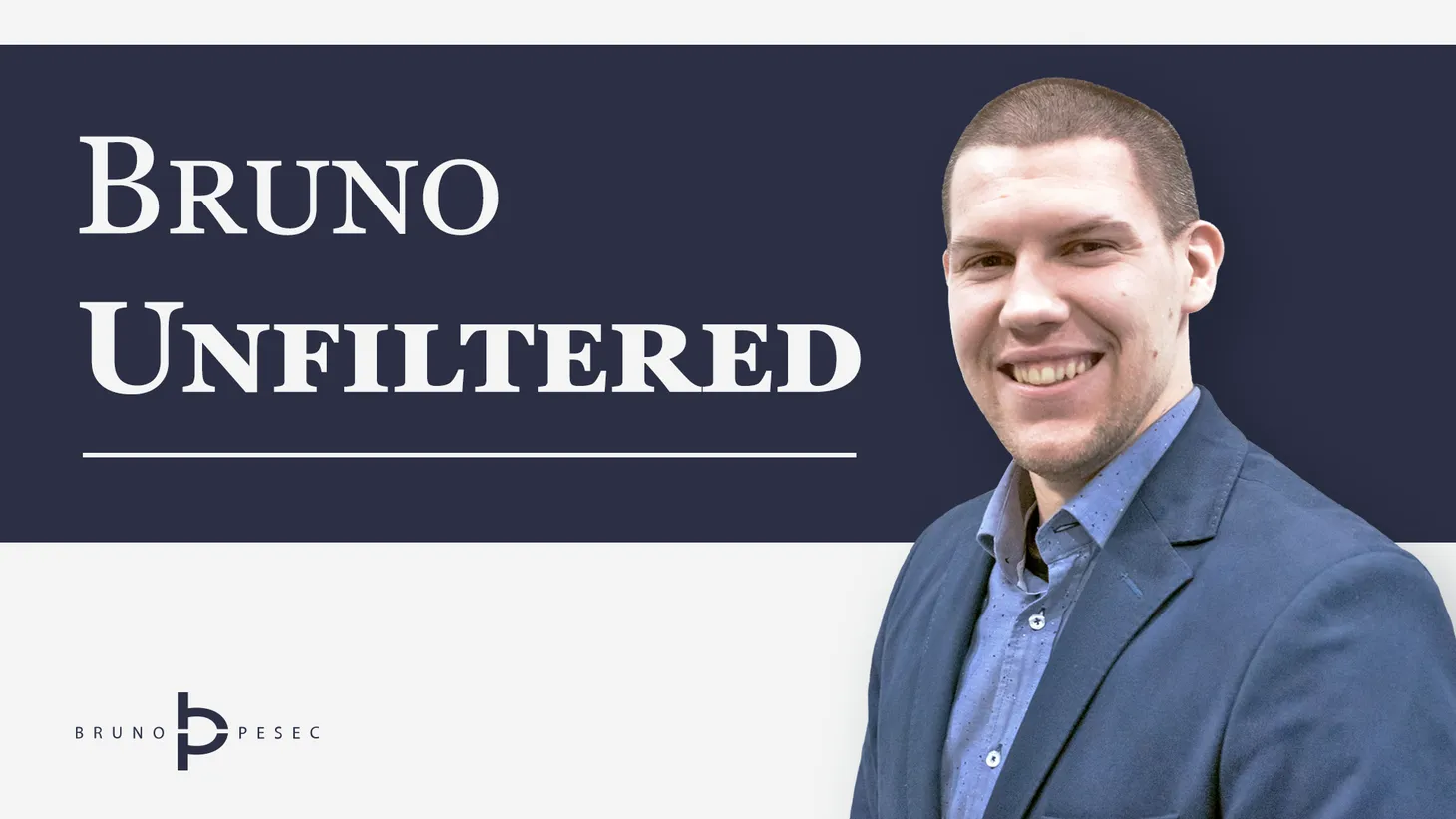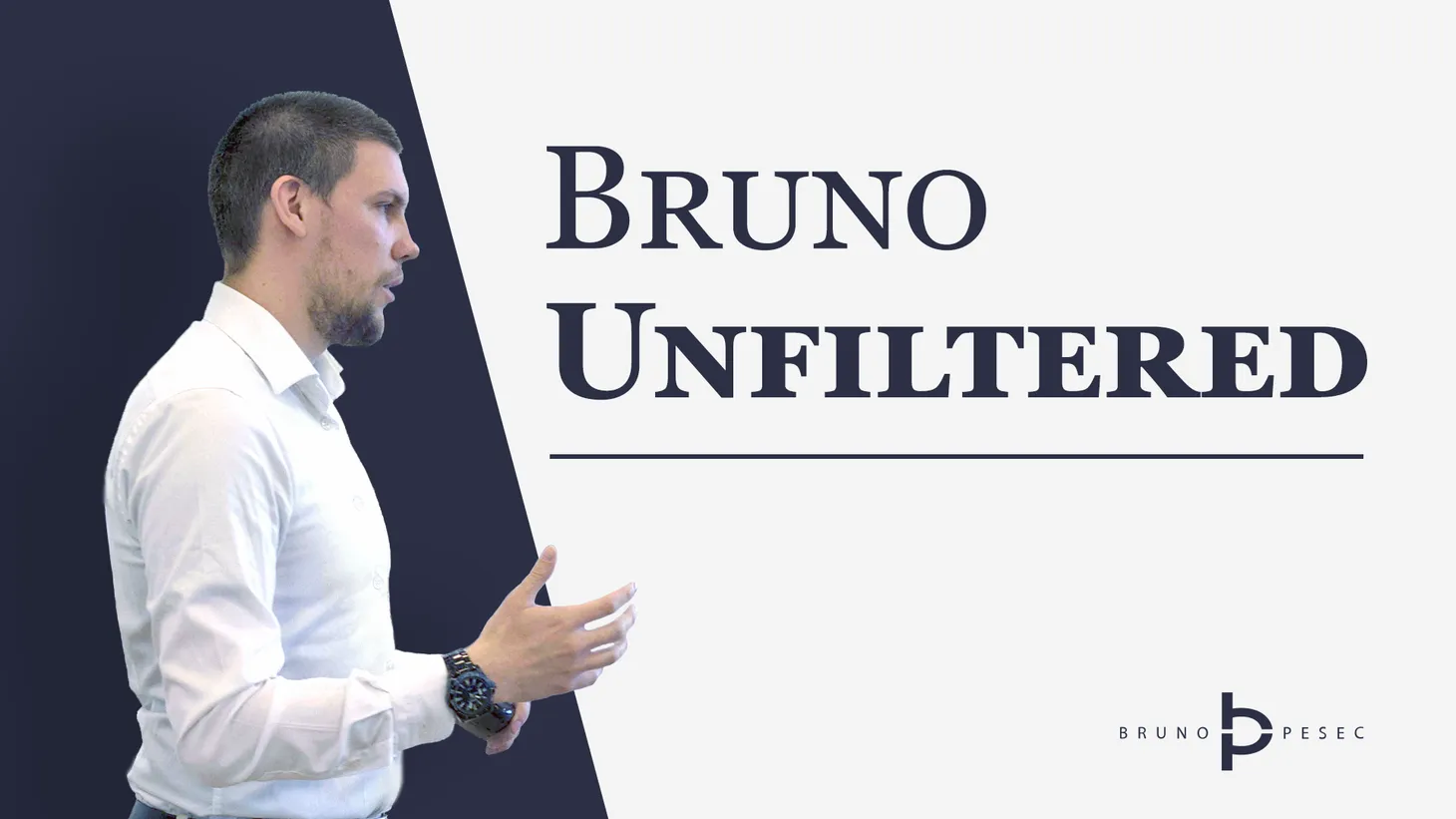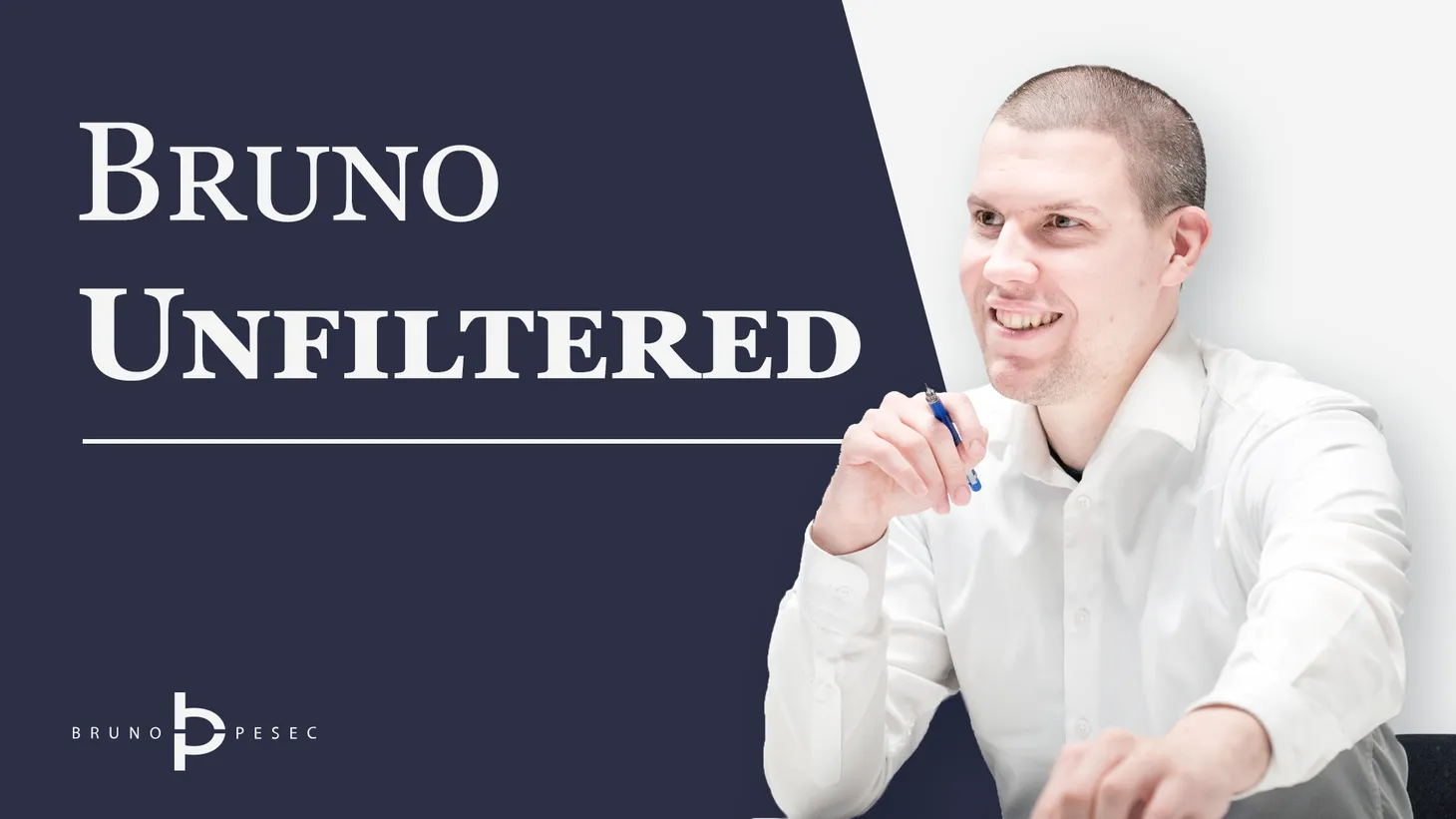Learning or collecting?
On bibliomania, collector's fallacy, and tsundoku.
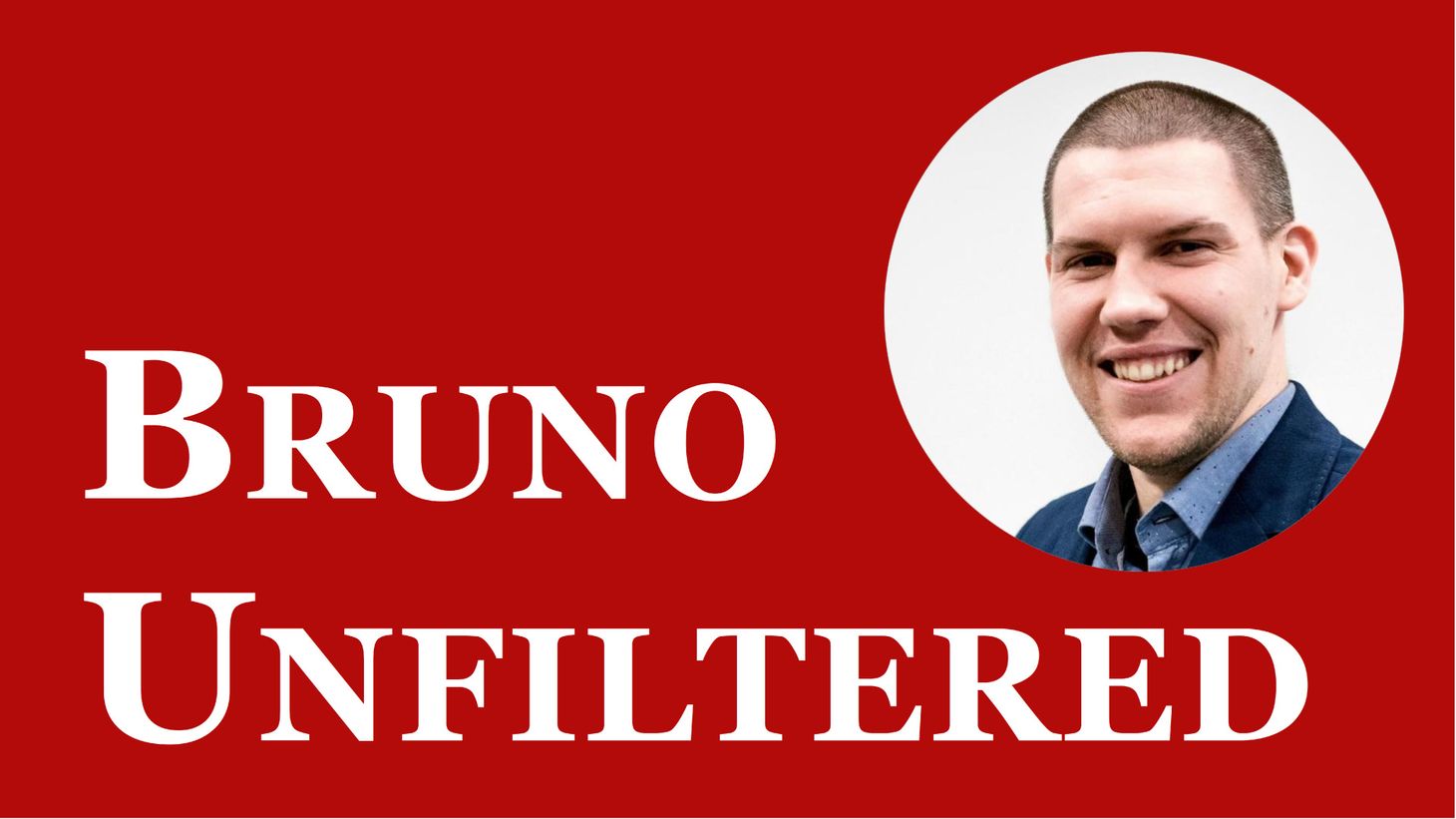
Few days ago fifth edition of Lajoux's The Art of M&A, a 1234 page hardcover behemoth, arrived in in my inbox.
Since bookshelves in my Oslo apartment are already crowded, I got to play my favourite game — rearrange the shelf.
Will it be by topic? Perhaps by colour? Book size? Convenience? Relevance?
After few minutes of fun I stepped back and proudly marvelled at my freshly rearranged bookshelf.
Of course, the journey doesn't end here – next up was updating the digital library and online book wish lists.
First, hunting bibliographic data so I have a proper entry in Zotero, my choice of reference management software.
Second, pruning my wish lists (see examples for strategy and innovation), removing the book I received, and perhaps adding more from the author(s). Sometimes removing.
So much joy.
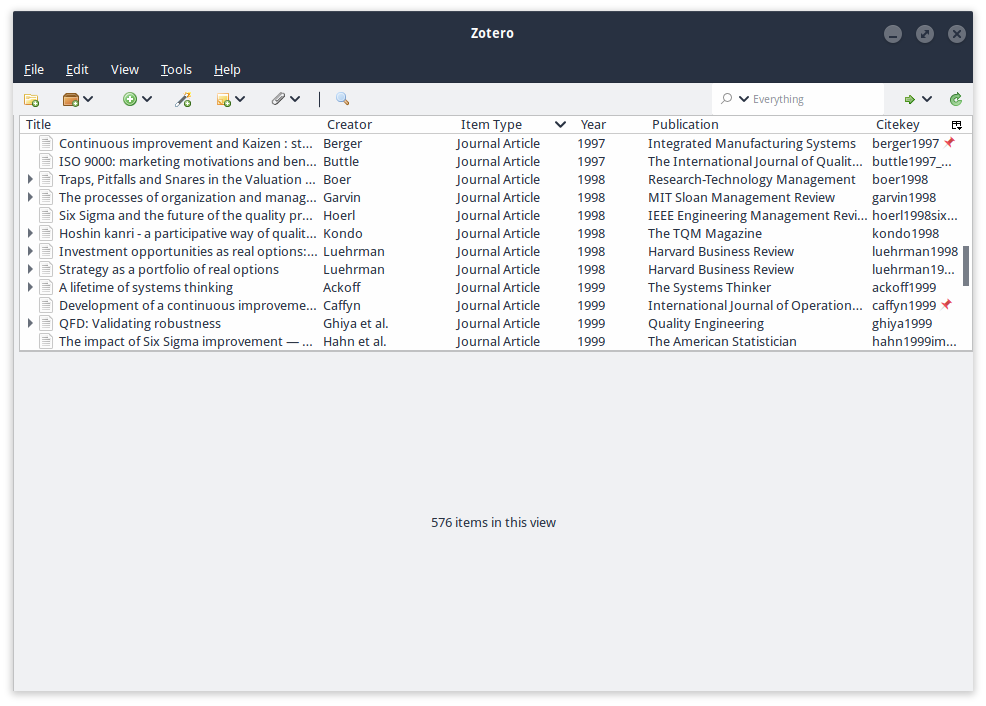
Am I a bibliomaniac?
Am I deluded by the collector's fallacy?
Am I committing tsundoku?
All fair questions, and all negative answers.
Bibliomania is a serious mental disorder, a peculiar type of hoarding.
Collector's fallacy is when one confuses collecting information (books, articles, snippets) for learning.
Tsundoku is a Japanese term for acquiring reading materials but letting them pile up in one's home without reading them.
(OK, maybe I'm committing the last one a little bit.)
I had a bad case of collector's fallacy in 2012, when working on my specialisation project at NTNU as an exchange student.
As a student I couldn't afford expensive technical books, and suddenly at NTNU I had a possibility to download and take out seemingly endless amount of them.
I spent days diligently downloading, collating, and then printing these books.
By the time the semester was over, and I had to travel back to Croatia, there were so many printed books I couldn't take them in check-in luggage.
I tried to ship them, but there were more than 30 kilograms, and I couldn't afford Norwegian postal prices.
So I was forced to give away as much as possible and throw the rest. Horrible paper waste aside, later on I discovered that I haven't missed a single one of those books...
Eventually I came to a system which is serving me well today, helps me trick my brain into gaining some satisfaction from collecting, without cluttering my physical space.
It's rather simple, and is geared towards helping me learn, while satisfying some of the collector's tendencies. Cohabitation instead of elimination.
Whenever I encounter an interesting book or article I will first read reviews on Amazon, Goodreads, and few random blogs.
If I perceive it interesting and valuable I'll add it to one of my wishlists.
After few months I look at it and decide if it stays on the wishlist or if it gets deleted.
If it stays, I buy it when I feel like it.
When it arrives I immediately read front, back, flaps, and skim all pages. Scribble some quick notes, put it all in digital library.
Then it waits until I need it, or feel strong desire to read it.
Since I am always reading something from my library I don't feel bad if some book is waiting longer than others.
It's been some years since I've abandoned completely linear approach to reading – as in reading books in specific order, and only one at a time.
There is no fear that I'll miss something.
It will be there, waiting for me when I'm ready.
And I'm sure that my system will keep evolving, as I do.
Remember to tweak your system for learning instead of merely collecting.
Upcoming growth opportunities with Bruno:
90-day coaching in Lean Experimentation: I’ll share best practices and help you design, conduct, and learn from your Lean experiments with a weekly call and unrestricted email. This is not a regular offering of mine, it’s intended to help you adjust to rapidly changing customer demands during these times. I have limited slots available, write me at bruno@pesec.no to sign up: €4,200.
Three latest posts:
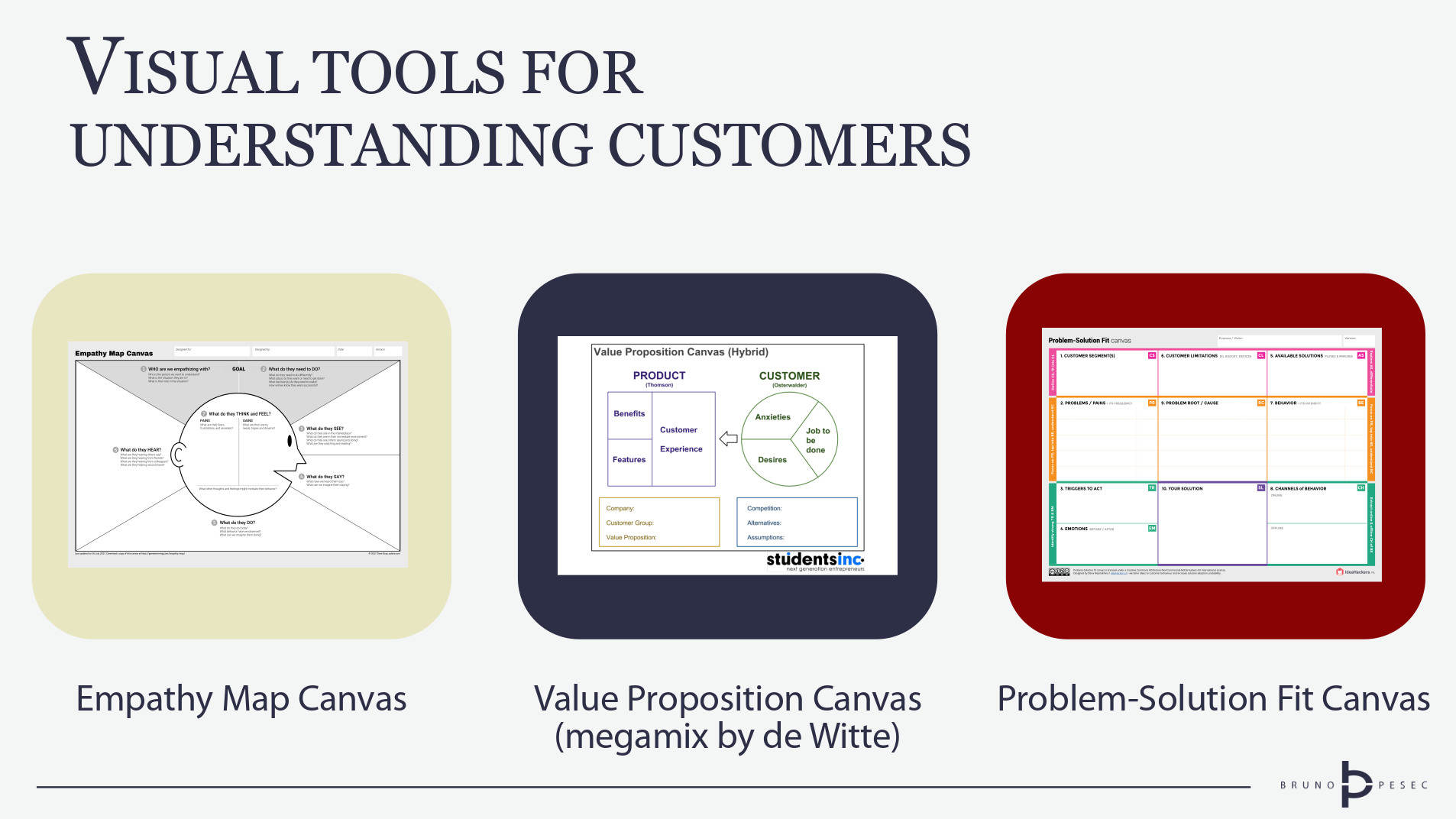
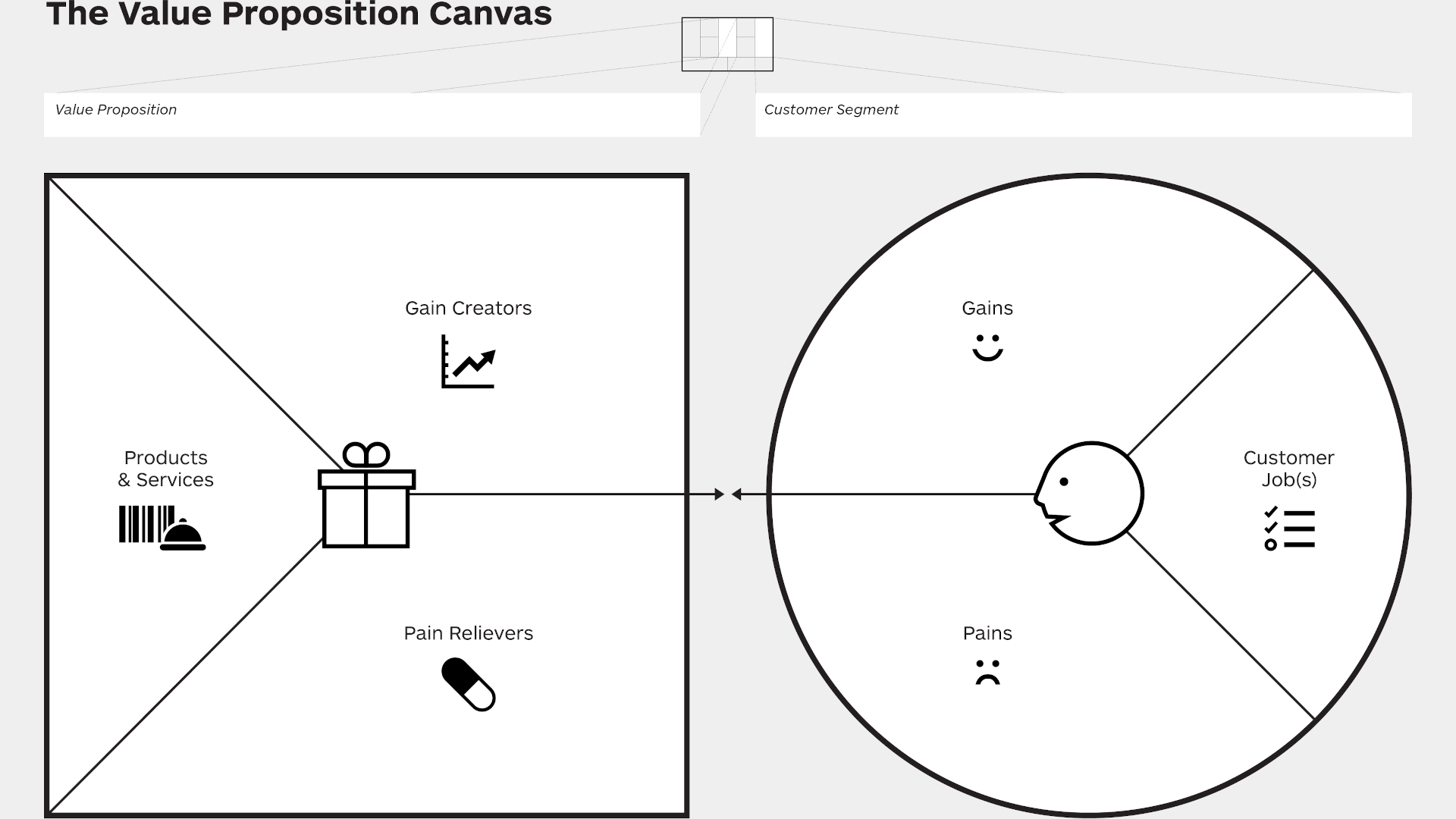
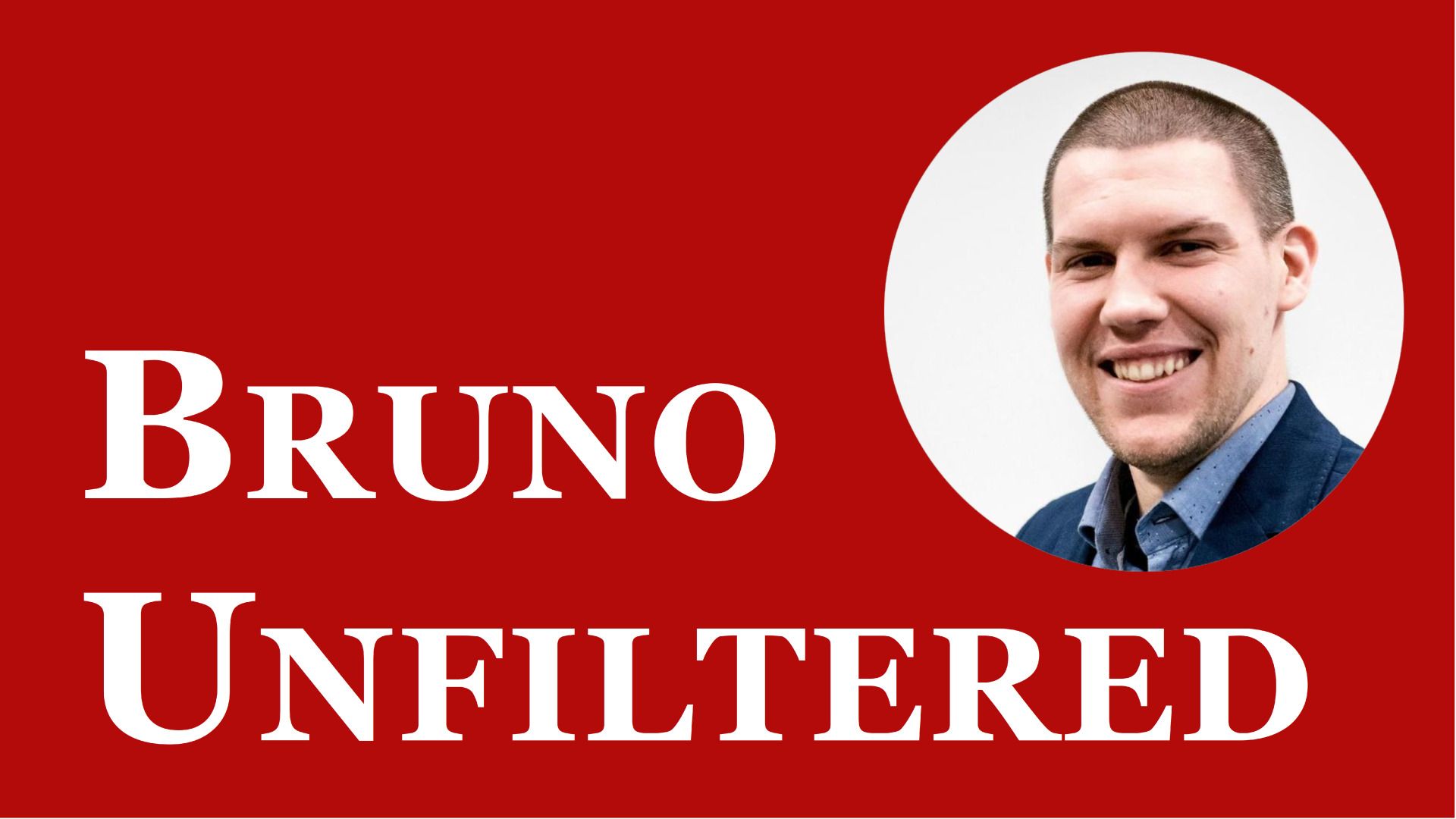
Bruno Unfiltered is a weekly newsletter bringing you Bruno's latest thoughts on contemporary topics in his signature style. No one and nothing is spared.
Bruno Unfiltered
Subscribe to get the latest posts delivered right to your inbox. No spam. Only Bruno.



